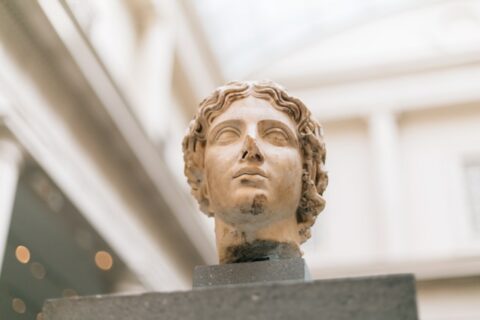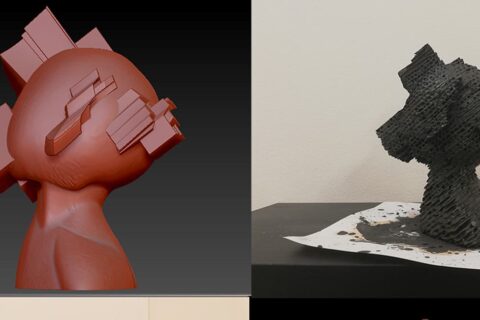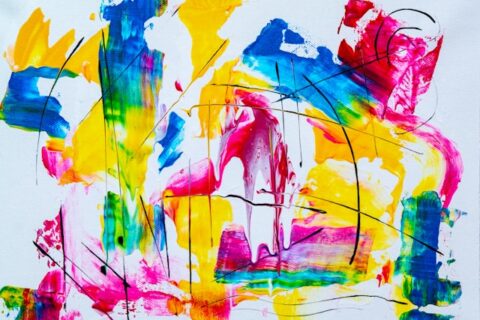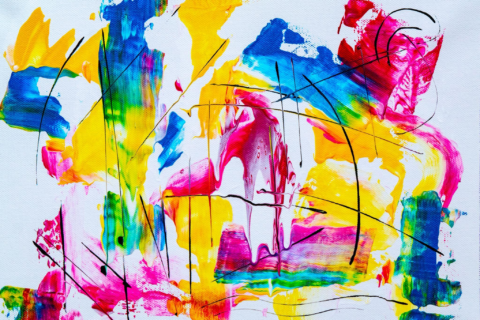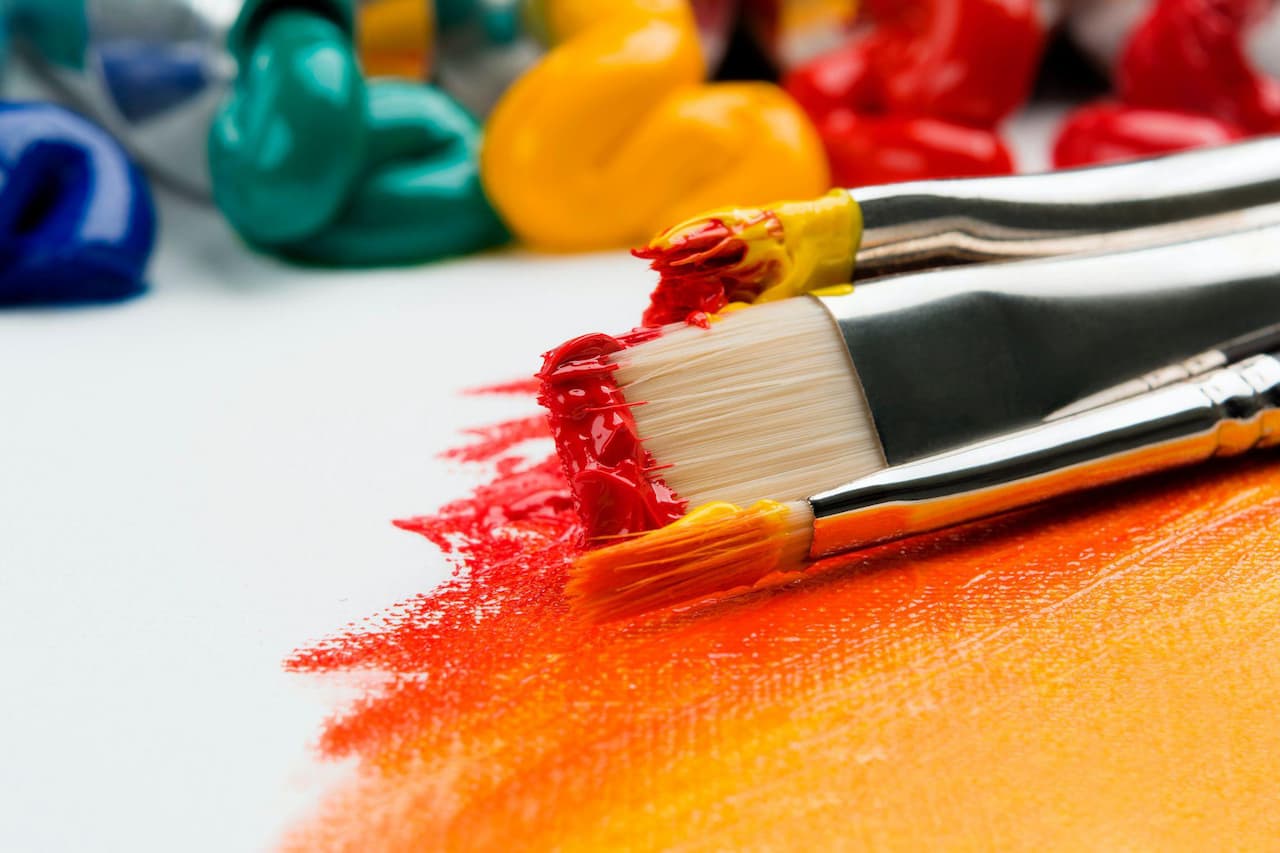
Art Styles That Changed the World
- Leake Camille
- August 31, 2023
- Famous sculptures and paintings, Painting, Sculpture
- No Comments
Throughout the annals of human history, art has served as a powerful mirror, reflecting the evolution of societies, cultures, and individual perspectives. From the intricate cave paintings of prehistoric times to the avant-garde creations of the modern era, art has been a conduit for expressing emotions, challenging conventions, and pushing the boundaries of creativity.
Within this tapestry of artistic expression, certain art styles have risen to the forefront, not only captivating the imagination of their contemporaries but also leaving an indelible mark on the course of human culture. These art styles, through their revolutionary approaches and innovative techniques, have truly changed the world. So, let’s see more about each art style that impacted the world the most.
Impressionism
In the mid-19th century, the art world witnessed a seismic shift as a group of artists embarked on a journey to capture fleeting moments and transient impressions rather than rigidly defined scenes. This departure from the established norms of academic art marked the birth of Impressionism – a movement that not only changed the way art was created but also revolutionised the way it was perceived.
Defying Convention
Impressionism challenged the traditional standards of art in several ways. The movement was characterised by focusing on capturing the effects of light and colour on everyday scenes. Artists like Claude Monet, Pierre-Auguste Renoir, and Camille Pissarro sought to depict the play of light and its transformative impact on landscapes, scenes of leisure, and even mundane subjects.
The Brushstroke Revolution
The hallmark of Impressionism was its distinct brushwork. Artists abandoned the smooth, blended strokes of academic art in favour of broken, visible brushstrokes. These brushstrokes not only conveyed movement and immediacy but also allowed viewers to engage with the paintings on a more visceral level.
Capturing the Moment
Impressionists were captivated by the transient nature of light and atmosphere. Their works often appeared spontaneous and unfinished, capturing a specific moment in time. The Impressionists sought to evoke the sensation of a passing moment—the shimmering reflections on water, the dappled sunlight filtering through leaves, or the hazy effects of mist and fog.
Beyond the Canvas
The impact of Impressionism extended beyond the confines of the art world. It laid the foundation for a more liberated approach to artistic expression, encouraging artists to seek inspiration in the ordinary and the ephemeral. Furthermore, Impressionism challenged the notion that art should be a mere representation of reality. Instead, it encouraged viewers to engage with the artwork actively, allowing their perceptions to shape the final experience.
Cubism
As the 20th century dawned, a radical new art style emerged that shattered traditional notions of representation and perspective. Cubism, pioneered by Pablo Picasso and Georges Braque, embarked on a journey to deconstruct reality itself, paving the way for a fundamental shift in artistic thought and practice.
- Breaking down reality:Cubism is characterised by its revolutionary approach to depicting subjects in art. Rejecting the single-point perspective that had dominated Western art for centuries, Cubist artists presented objects from multiple angles simultaneously.
- The birth of abstraction: One of the most transformative aspects of Cubism was its gradual shift towards abstraction. As artists dissected forms into geometric shapes and facets, the representation of reality became secondary to the exploration of form and structure. This departure from literal representation laid the groundwork for the abstract art that would follow.
- Analytic and Synthetic Cubism: Cubism went through two distinct phases: Analytic and Synthetic Cubism. Analytic Cubism, the early phase, focused on breaking down forms into facets and analysing their structure. Artists used monochromatic palettes to emphasise the complexities of the subject.
- Influence on modern thought:Cubism’s influence extended beyond the canvas. The concept of depicting multiple viewpoints simultaneously resonated with the evolving perspectives of the 20th century, which were influenced by the rise of psychology, relativity, and a changing worldview.
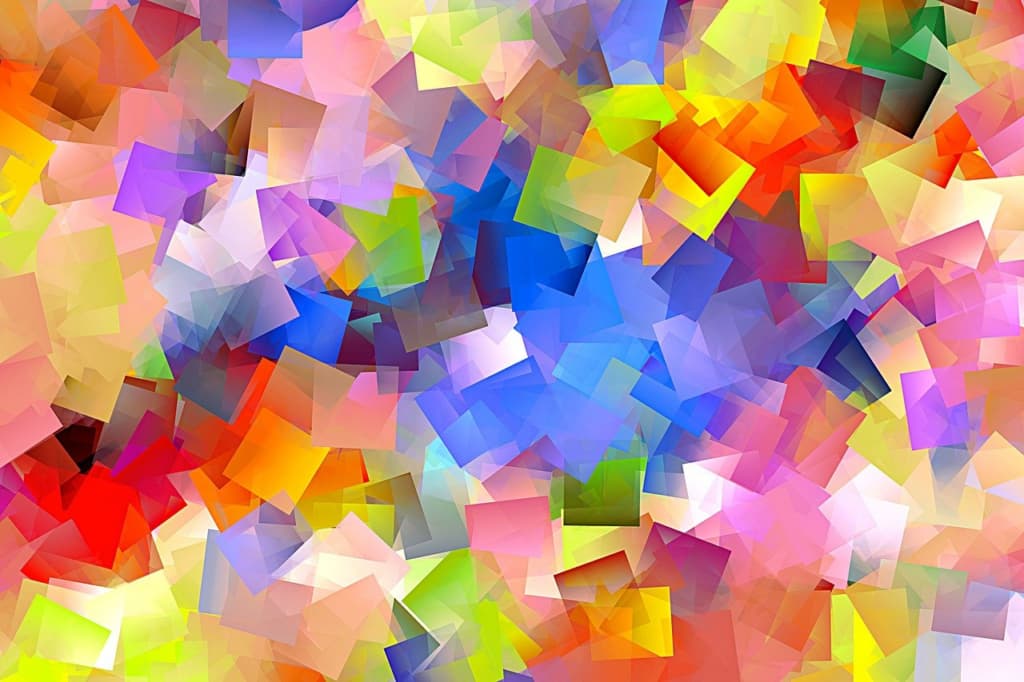
How Cubism Affected Art Styles
| Legacy and Impact | Description |
|---|---|
| Abstract Art | Cubism’s bold departure from realistic representation paved the way for the development of abstract art, where artists explored non-representational forms, colours, and compositions. |
| Geometric Abstraction | The geometric forms and fragmentation in Cubist art inspired a wave of geometric abstraction, influencing art, design, and architecture in the years to come. |
| Influence on Movements | Elements of Cubism can be traced in Surrealism, Futurism, and even in the early stages of Abstract Expressionism. |
| Expanded Perception | By challenging traditional viewpoints and presenting multiple perspectives, Cubism expanded the viewer’s understanding of the complexities of the world. |
Surrealism
In the realm of art, the mind’s deepest recesses and the interplay between reality and dreams found expression through Surrealism. This revolutionary art style, led by artists like Salvador Dalí, René Magritte, and Max Ernst, delved into the enigmatic realm of the subconscious, redefining the boundaries of artistic representation and inviting viewers to explore the extraordinary within the ordinary.
- Exploring the unconscious: Surrealism sought to tap into the vast reservoirs of the unconscious mind, where dreams, desires, and fears reside. By merging the conscious and unconscious realms, Surrealist artists created a visual language that defied logical explanation. This blend of reality and fantasy aimed to evoke emotions, provoke thought, and challenge the viewer’s understanding of reality.
- Transcending reality: The Surrealists employed a variety of techniques to manifest the illogical and the fantastical. Techniques such as automatism and frottage allowed for spontaneous creation, bypassing conscious control and enabling direct access to the subconscious. This resulted in artworks that often featured unexpected juxtapositions, distorted forms, and dreamlike landscapes.
- Surrealist manifesto: The movement was encapsulated in André Breton’s 1924 Surrealist Manifesto, which outlined the principles of Surrealism. This manifesto emphasised the importance of unleashing the unconscious mind, rejecting societal norms, and embracing the irrational. Surrealist art aimed to shock, inspire, and provoke, with its creators aspiring to tap into the essence of the human experience.
How Surrealism Impacted Art Styles
| Legacy and Impact | Description |
|---|---|
| Psychology and Symbolism | Surrealism’s exploration of the subconscious had a profound impact on psychology and the interpretation of symbolism in art. Freudian theories of the mind and symbolism found resonance in the Surrealist movement. |
| Cinematic Surrealism | Surrealism’s influence extended to film, where directors like Luis Buñuel embraced its techniques. Surrealist films often featured dream sequences, irrational narratives, and an exploration of the subconscious. |
| Pop Culture and Advertising | The dreamlike, unconventional imagery of Surrealism infiltrated pop culture and advertising, challenging traditional notions of reality and aesthetics. |
| Impact on Contemporary Art | Elements of Surrealism persist in contemporary art, particularly in works that blur the lines between reality and imagination or explore psychological and emotional depths. |
Conclusion
The history of art is a journey through a tapestry woven with innovation, rebellion, and transformation. From Impressionism’s ability to capture fleeting moments to Cubism’s breaking down of reality, from Surrealism’s delve into the subconscious to Abstract Expressionism’s daring expressions and the bold statements of Pop Art, these revolutionary styles have distinctly shaped the world of art.
These art movements stand as a testament to the power of creativity to challenge norms, provoke thought, and change the world. They transcended canvas and studio walls, leaving an indelible mark on culture, perception, and the very essence of what it means to be human. As artists pushed the boundaries of representation, form, and emotion, they revealed new dimensions of the human experience, sparking dialogues that transcended time and space.


